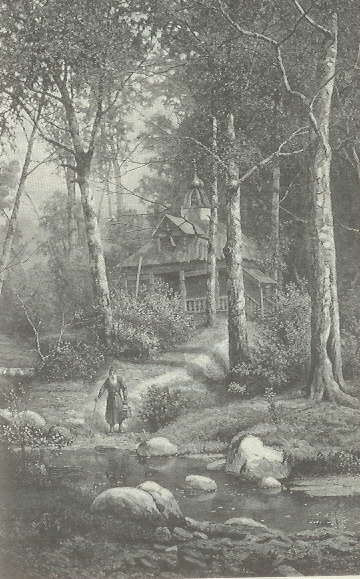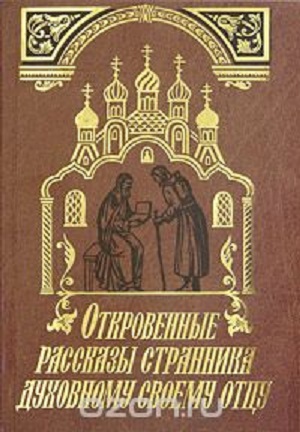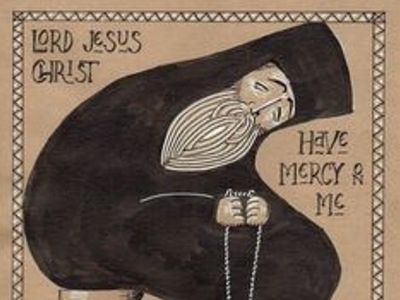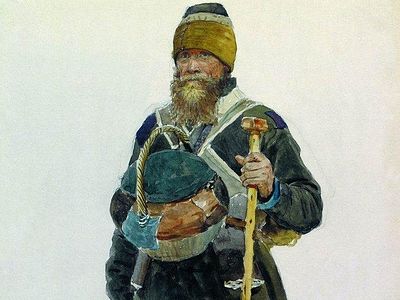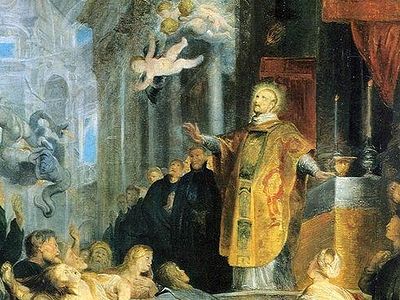Source: Mystagogy
November 28, 2016
Every devout Orthodox Christian has either read or heard about the book The Way of a Pilgrim. The book describes the journeys of a Russian Orthodox pilgrim who goes from city to city trying to understand the saying of the Apostle Paul: "Pray without ceasing." With the help of a monk and the book The Philokalia of the Neptic Fathers, he is able to learn and deepen his understanding so that he could practice unceasing prayer, which is also known as noetic prayer or prayer of the heart, and is summarized in the words" "Lord Jesus Christ have mercy on me."
It has been generally believed that the book was written by an anonymous author. Various writers have been identified with its authorship, among them being Saint Theophan the Recluse or Saint Ambrose of Optina. Paisii Fedorov, abbot of Saint Michael the Archangel Monastery of Cheremis in Kazan, first published the book in 1881, and in this edition there is no indication as to who the author is.
It should be noted that this first edition only contained the first four tales of the book. In 1911 at Sergiev Posad the fifth, sixth and seventh tale appeared. There are also various redactions of the original text. In 1930 the Kazan edition was republished in Paris with an introduction, giving the Russian exiles an ascetic rejuvenation from the times of Tsarist Russia. In 1933 Russian exiles republished this edition in Prague. Finally in 1948 Archimandrite Cyprian Kern republished the book with all seven tales as we know it today. Meanwhile the book was published in German (1925), English (1930), and French (1935).
In 1971 a manuscript was discovered at the Athonite Monastery of Saint Panteleimon of the four original tales, and because some differences were noticed between this and the other four original tales we had, and it seems the new manuscript was indeed the original, in 1989 both texts were published parallel to each other. And in 1992 unknown manuscripts of the first four tales were published that were found in the files of Archimandrite Cyprian Kern.
Then in 1994 Professor Aleksei Pentkovsky from the Theological Academy of Moscow came along and investigated the authorship of the four original and three supplementary tales. He argued that the first four tales survive in the form of a later redaction of an original work by Archimandrite Mikhail Kozlov (1826–1884), The Seeker of Unceasing Prayer, and that the supplementary tales are the work of Arsenii Troepolskii (1804–1870). Both of these men spent time as wanderers. It appears therefore that the pilgrim was indeed a real person, or rather two real people, Kozlov and Troepolskii.
Though the basic story comes from the work of Kozlov, The Way of a Pilgrim itself was largely compiled by Troepolskii. Troepolskii was a contemporary and spiritual friend of Saint Ignatius Brianchaninov and was under his direction for a year beginning on 11 January 1837, at Sergiev Skete near St. Petersburg.
Hieromonk Arsenii had written other texts on the topic of noetic prayer, and also wrote a text called "On Prayer" in twelve chapters. In 2009 Pentkovsky discovered a partial manuscript at the National Library of Moscow, with ascetic works written by Troepolskii, and in the tenth chapter he found the manuscript of the seven tales of the Russian pilgrim.
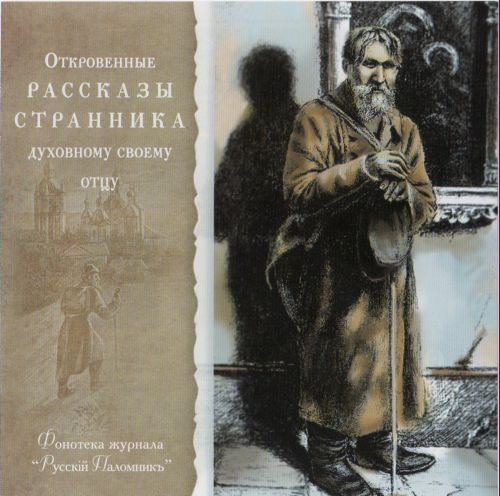
Pentkovsky came to the following conclusions after his investigation: Between 3 and 17 October 1859 Arsenii Troepolskii drafted the first chapter of his tale. On the 6th of November the second was completed. The third was completed on the 13th of December. By May of 1863 the prologue and the seven tales had been written. However, what was later published were the fruits of numerous redactions.
It appears the Optina copy is the prototype, since it contains many edits. This text is related to the publishing efforts of Saint Ambrose of Optina, but for some reason this project was never published. All the texts of the investigation of Pentkovsky were issued under the authority of the Moscow Patriarchate in one volume.
